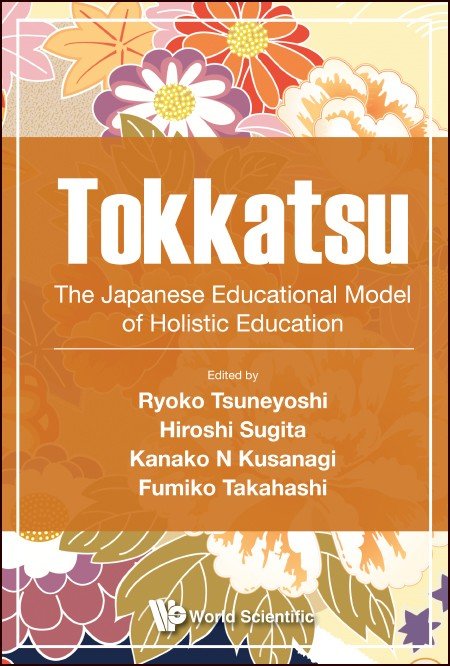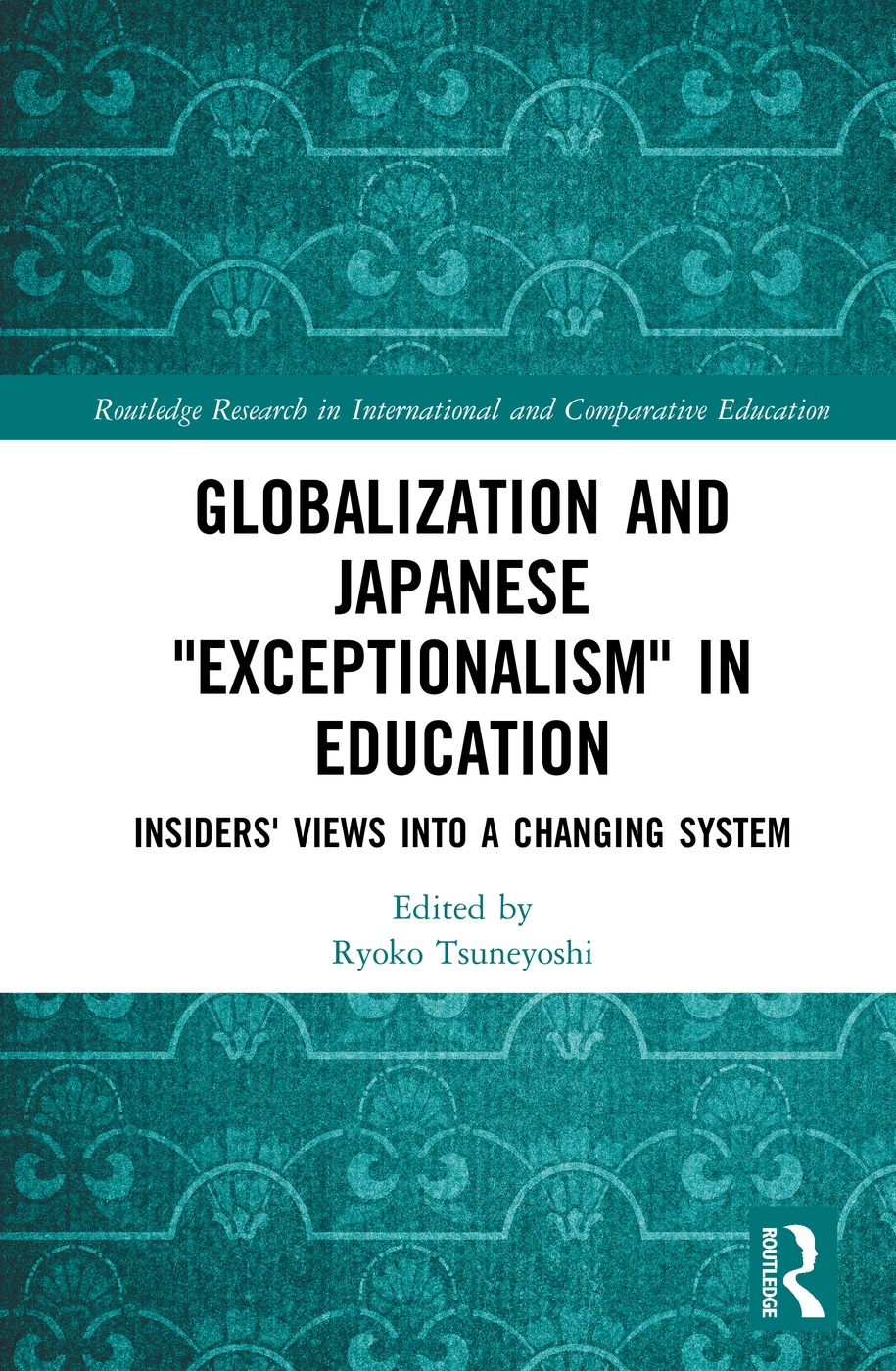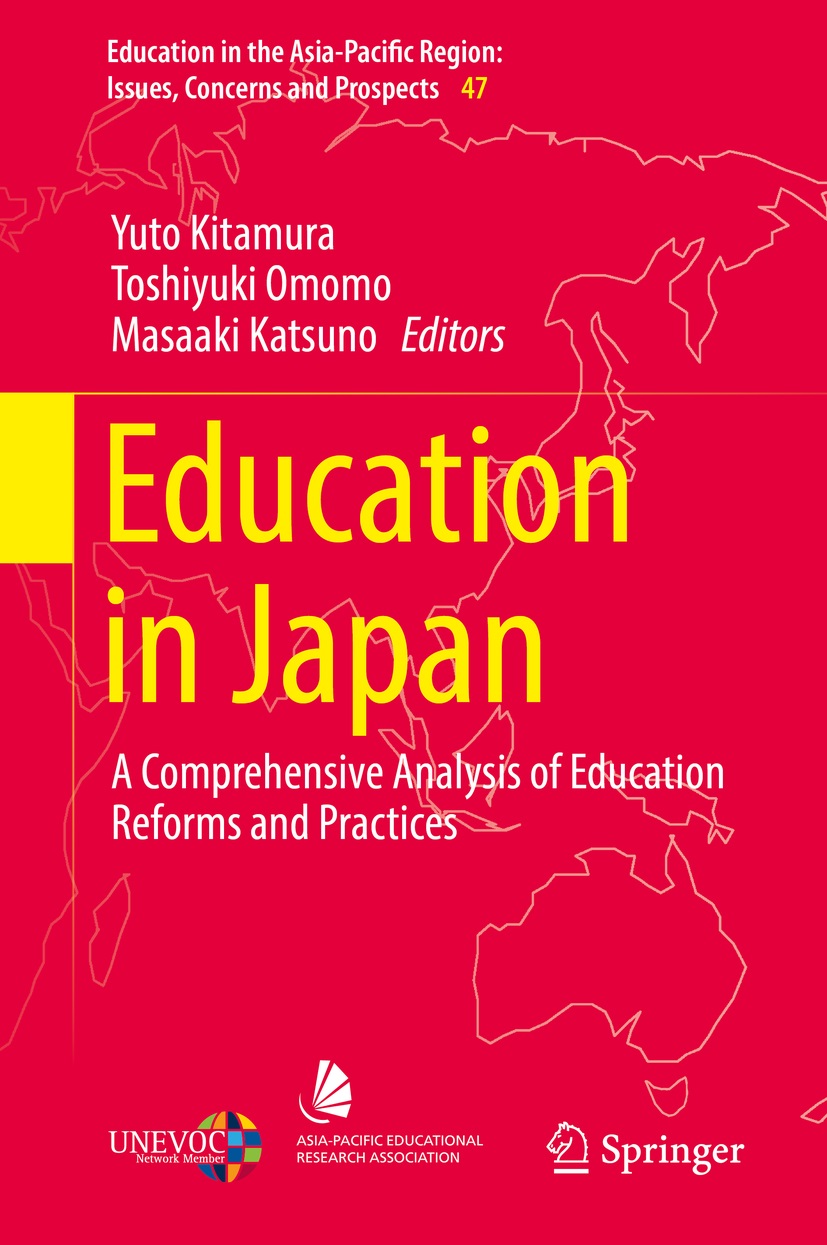
Title
Tokkatsu The Japanese Educational Model of Holistic Education
Size
344 pages
Language
English
Released
October, 2019
ISBN
978-981-3232-66-2
Published by
World Scientific
Book Info
Japanese Page
In our global era, countries around the world are borrowing from the reforms/practices of other countries. Japan, as an industrialized country in Asia, and one which has consistently ranked high in international achievement tests such as OECD’s PISA and IEA’s TIMSS, has been one of the countries which has received various envoys from abroad.
The Japanese lesson study model is now practiced in various parts of the world. Lesson study now has its own academic association.
Since around 2015, a new model, the tokkatsu model, the Japanese version of holistic education, has attracted attention. Backed by the Japan International Cooperation Agency (JICA), Egypt has adopted the model, and the model is also spreading in parts of Asia/Southeast Asia.
Despite the interest in the model, however, there are few teaching materials on the model, and there is no book in English which informs the international society of what the model is about. This book hopes to help fill this gap in the English literature on tokkatsu.
The characteristic of the holistic educational model in Japan is that nonsubject areas are built into the curriculum together with traditional subject areas under a holistic framework. Nonsubject learning is often experiential and covers noncognitive areas. The book offers a general overview of the model, as well as some concrete examples. Chapters are written by scholars, policymakers, as well as practitioners.
The target population are researchers and students abroad who are interested in educational reform, the Japanese model, and educational transfer and borrowing, as well as educators and policymakers abroad who are interested in the tokkatsu model.
It is hoped that this book will serve as material to further discussions on 21st century educational reform, and the position of holistic education within it across cultures.
(Written by TSUNEYOSHI Ryoko, Professor, Graduate School of Education / 2019)
Table of Contents
About the Editors vii
About the Authors ix
Part I The Framework
Chapter 1 The Tokkatsu Framework: The Japanese Model of Holistic Education (Ryoko Tsuneyoshi)
Chapter 2 The Essentials of Tokkatsu (Hiroshi Sugita)
Chapter 3 Tokkatsu for Cultivating Pupils/Students’ Talents and Abilities Necessary to Live in a Future Society (Shino Takatsu)
Part II Examples of Tokkatsu Practices
Chapter 4 Safety and Disaster Prevention Education as Education for Life (Ryoko Tsuneyoshi)
Chapter 5 Safety Education in a Global Age: The Case of a Public Night Junior High School in Japan (Maiko Sumino)
Chapter 6 Tokkatsu as the Core of Career Education (Ryoko Tsuneyoshi)
Chapter 7 Classroom Activities on Cleaning and Lunch: Tokkatsu Series DVD (Fumiko Takahashi and Ryoko Tsuneyoshi)
Chapter 8 Tokkatsu-Like Activities in Japanese Corporations (Shino Takatsu)
Chapter 9 Implications of Comparing School Cleaning Across Educational Contexts: Interpretation and Practice in Japan, Taiwan, and Singapore (Kanako N. Kusanagi, Fumiko Takahashi, Chun-Yi Tan and Ryoko Tsuneyoshi)
Chapter 10 Tokkatsu Group Stayovers as Education for Life (Kazuhiko Nambu, Wataru Ino, Shino Takatsu and Ryoko Tsuneyoshi)
Chapter 11 Seitokai: Student Committee of Secondary Schools in Japan (Yutaka Ochi)
Chapter 12 Japanese Essay Writing for Life Education: The Case of C Secondary School (Yutaka Ochi and Ryoko Tsuneyoshi)
Chapter 13 Teacher Learning and the Kenkyukai: The Japanese Model of Collaborative Teacher Research (Kazuhiko Nambu)
Chapter 14 “Group-Making” Matsubara Style (Kokichi Shimizu)
Chapter 15 Tokkatsu Reform: Learning Better Together (Kazuaki Iwabuchi, Aiko Komoto and Hiromi Shimizu)
Chapter 16 Rebuilding the Community Through Education: The Case of Futaba Future School in Fukushima (Maiko Sumino)
Part III The Japanese Model of Schooling as an International Model
Chapter 17 Tokkatsu Plus in Egypt: Extending the Tokkatsu
Concept (Shinichiro Tanaka)
Chapter 18 Lesson Study in Singapore (Edmund Lim)
Chapter 19 Transformation of Lesson Study in Indonesia: From Government-Assisted Projects to Professional Learning Communities (Kanako N. Kusanagi)
Chapter 20 Education Reforms in the National Institute of Technology (KOSEN) (Hidenori Isami)
Chapter 21 Interview With Professor Hideyuki Horii:
Human-Centered Innovation at i.school Is the Key to Educate Students for Creating New Values in New Ways (Shino Takatsu)
Chapter 22 Concluding Remarks (Ryoko Tsuneyoshi)



 Find a book
Find a book



